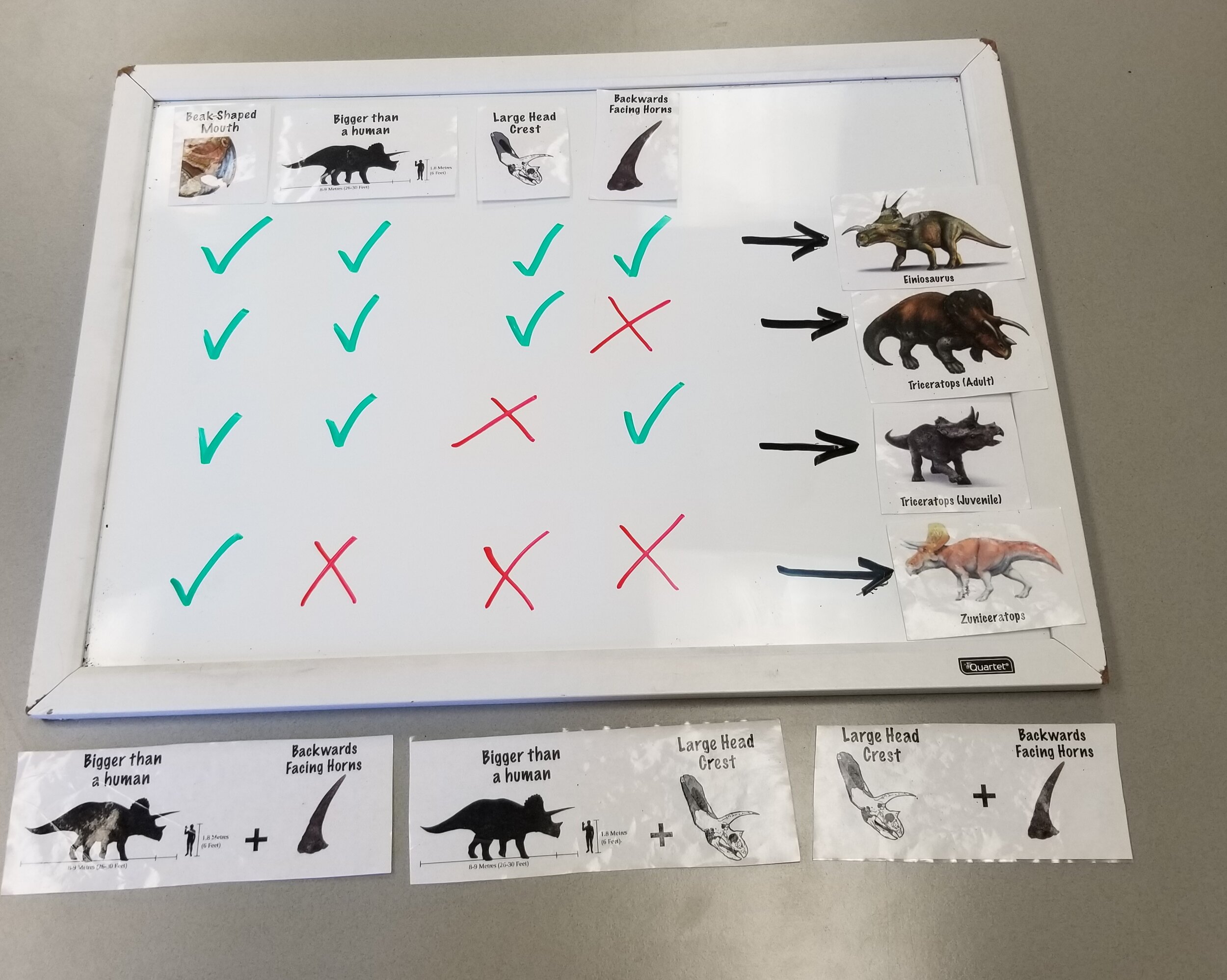Flexible Thinkers
Flexible Thinkers
Tool affordance is when we utilize available items to fulfill a job they were not necessarily designed to do. For example, in the absence of a ruler, the thumb or shoe may offer a method of measurement. They have identified key features of an object that may suffice to accomplish their goal if they do not have access to the right tools. This skill is a key component of flexible thinking.
With proper scaffolding, children as young as three and four years-old have displayed novel tool innovations. A 2018 paper in Cognition notes that 3-5-year-old children, when provided visible affordances to manipulate, successfully designed ideal tools.Here are some tips for helping your child think flexibly about the materials in their environment
A Manipulatable Environment Children who have maker-type materials such as feathers, popsicle sticks, paper clips, cardboard boxes, and construction paper demonstrate more tool affordance. Practicing manipulating materials through experimentation and crafts encourages children to think about the materials they interact with more carefully.
Provide time for trial and error Parents can encourage children to think flexibly by allowing children to learn through trial and error. Allowing children to experiment using inquiry-based learning encourages children to autonomously design and execute mini-experiments as they explore safe materials.


